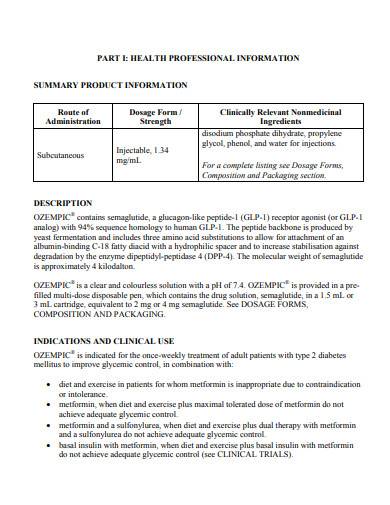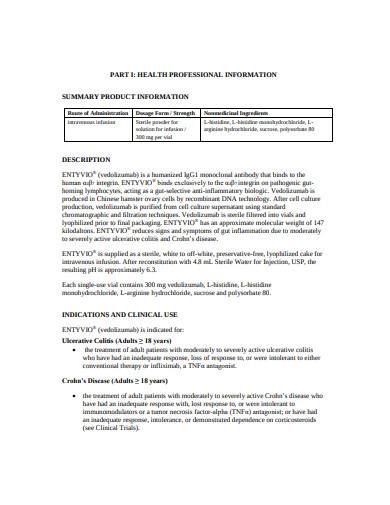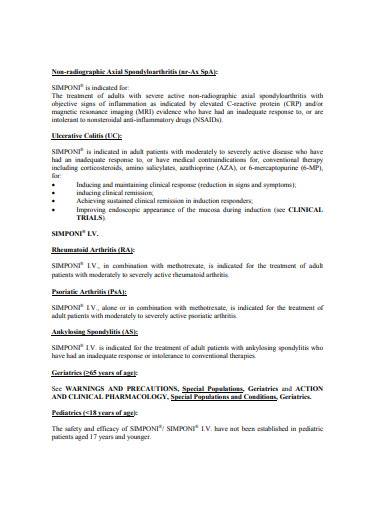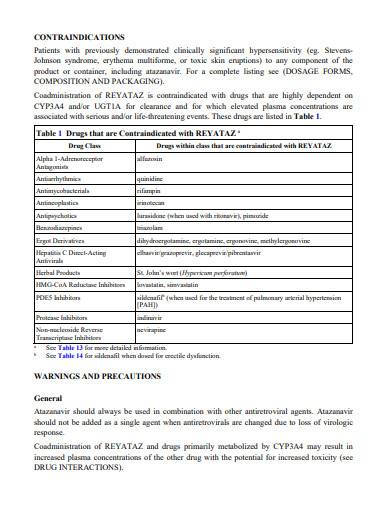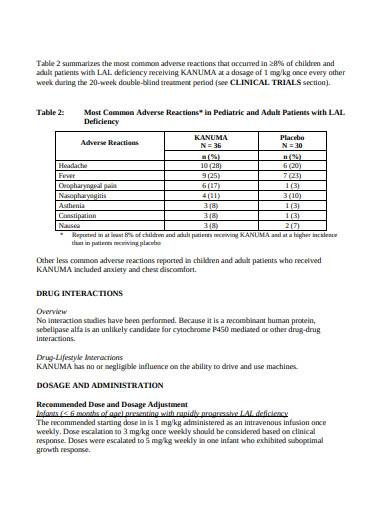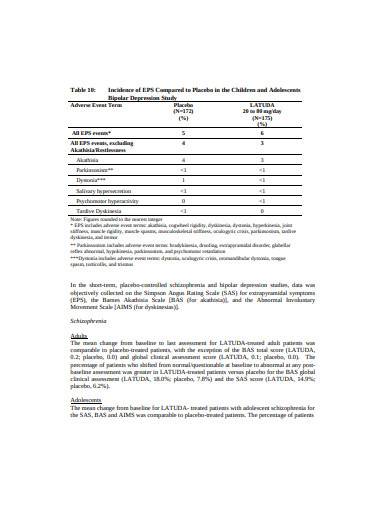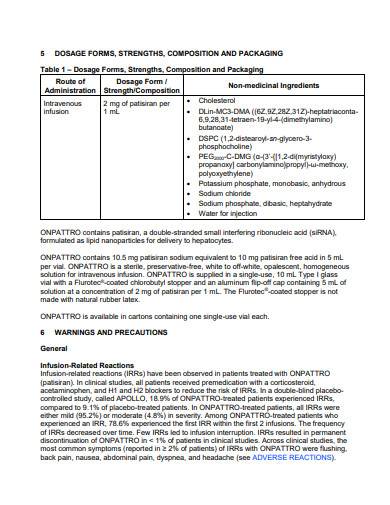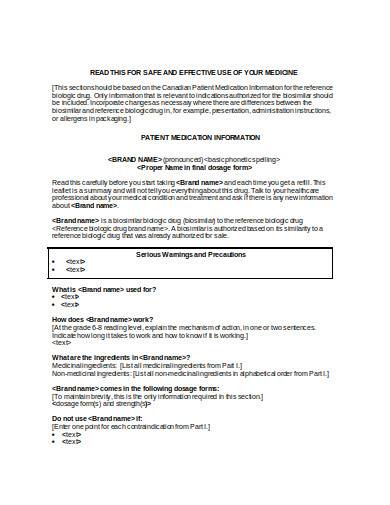Medicine is one of humanity’s greatest inventions after the discovery of fire. From the early days of penicillin to modern-day breakthroughs, countless lives of both man and beast have been saved due to these miracle substances. However, not everyone sticks to their doctor’s prescriptions or ends up in the pitfalls of either drug abuse or using the wrong substances for treatment. If only there were a methodical way to inform the public of what they’re putting into their bodies.
What Is a Product Monograph?
Have you ever wondered how pharmaceutical companies create prescription drugs and medicine? While people who don’t comprehend medicament creation may answer with a big vat inside a cauldron, that idea couldn’t be any further from the truth. Highly-trained pharmaceutical scientists take accurate measurements and precise amounts and meticulously process these to create the medicinal properties we all know and value today.
What most corporations in the medical industry use are drug monographs. These documents act like recipe cards in making medicinal substances. However, a section of a drug monograph that isn’t as well-known, yet is probably what most people look at when buying medicine is the product monograph. A product monograph is straight to the point, informs you of a drug’s properties, and has no promotional motive.
Check the Label
When you buy food at a grocery, how do you choose what products to buy? Is there an established pattern of purchase? Do you check the label of your food? While not many people do it, checking the label is an integral part of healthy eating and dieting—which might explain why not everyone does it. Now, you might be wondering what items on your grocery list and pharmaceutical drugs have in common, but they may have more to show you if you look deep enough.
Barring all PETA claims to go vegan out of nutritional (and many other) claims, if you’re a health-conscious individual, then you most likely check the label on food products and medicine boxes. Hence, it may not surprise you that both serve the same purpose: to inform the general masses of what these substances offer to your body.
When you read a food label, you learn about the nutritional value of each ingredient, potential allergens, an expiration date, and, sometimes, how to prepare a meal out of it. When you read a product monograph, you also learn about the medicine’s ingredients, allergens, and what it treats and specific side effects. So, if you want to live a healthier lifestyle, always check the label.
8+ Product Monograph Samples
Sample templates of any document is always a big help. However, product monographs provide such a challenge that you’ll be thankful for the samples below.
1. Product Monograph Sample
2. Product Monograph Template
3. Product Monograph Example
4. Product Monograph in PDF
5. Sample Product Monograph Template
6. Formal Product Monograph Sample
7. General Product Monograph Template
8. Standard Product Monograph Sample
9. Product Monograph in DOC
How To Create a Product Monograph
When drafting your product monograph, think of it in the same way as trying to shoot an apple placed on top of your friend’s head. You want to reassure them using factual information while trying to hit the target at the same time. So, when you find yourself in this precarious situation, having both the right equipment and the right drug knowledge to execute your action plan successfully is optimal for success. With that said, here are a few tips and tricks that’ll help you hit your mark and make a high-quality product monograph.
1. Provide Ingredient Information
What are the ingredients used to make the medicine? How much of each component is in the mixture? These are just a few of the questions that run through the minds of buyers and consumers alike. As such, you need to provide ingredient quantity indicators into your product monograph.
2. Describe The Product
Describing the product is vital to how people will understand its potential and hazards. For example, if you’re lactose intolerant, the first thing you read when buying milk is the product description to see if it’s soy milk or the real deal. Product descriptions help the masses make educational guesses such as avoiding medicine that will lead to allergic reactions.
3. Stay Objective
A product monograph is meant to inform patients and medicine takers about a pharmaceutical substance’s properties. With that said, it doesn’t help them if the “claims” and “assurance” you write down on your text are all your opinions. This, however, doesn’t mean that you can’t be a bit creative with your writing, but stick to the facts and only that.
4. Use Reliable Sources
You should use the information you found on reliable sources online. It doesn’t hurt to run a data analysis on your sources, and it hurts your business even more if they’ve caught you red-handed doing something illegal. In most cases, you will need to coordinate with the research and development team on how you can simplify the results of the clinical research study that led to the development of the drug or treatment protocol.
Medicine and pharmaceutical drugs are both still just that: substances made for human consumption. As such, doing your best to inform consumers of possible allergies, the ingredients used, and then citing reliable sources is necessary. After all, isn’t a product monograph akin to the food labels on dinner?
Related Posts
Warranty statements
8+ Sample Product Manager Resumes
FREE 6+ Sample Product Evaluation Templates
20+ Sample Product Proposal Templates
6+ Sample Product Strategy Documents
FREE 13+ Product Launch Plan Templates
10 Product Description Templates
Preliminary Acceptance of Product for Resale
FREE 9+ Product Order Form Samples
8+ Sample Product Survey Templates
9+ Sample Letter of Intent to Purchase
23+ Product Flyer Templates
FREE 17+ Product Brochure Templates
Sample Product Manager Job Description Examples
9+ Sample Letter of Inquiry Examples

